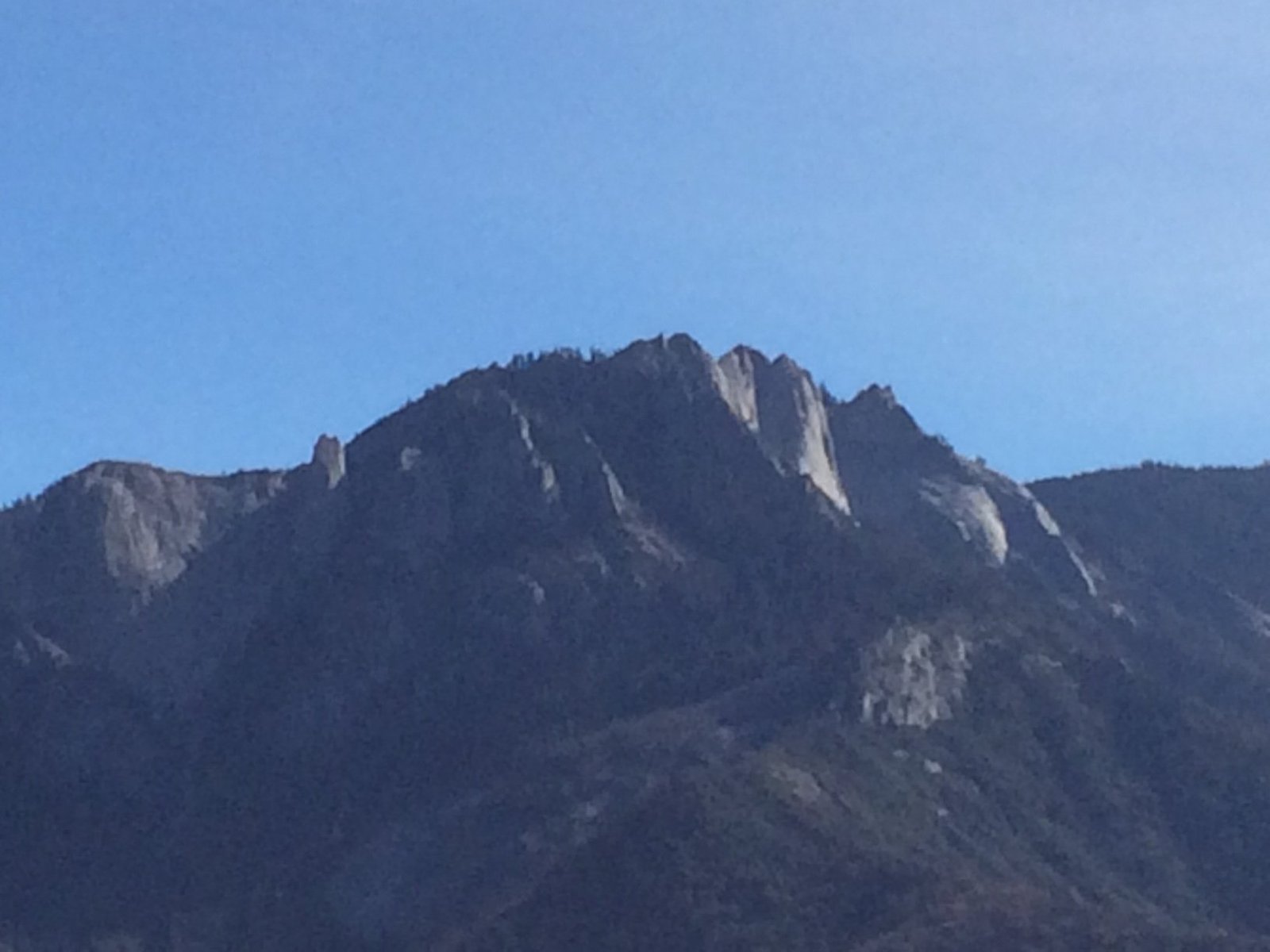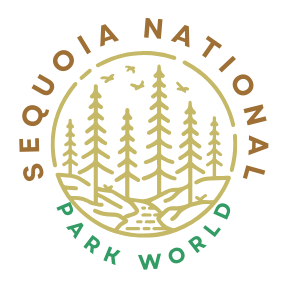Sequoia National Park requires visitors to use approved food storage containers to protect wildlife and ensure human safety. These containers must be animal-resistant and specifically authorized by park authorities. Portable bear canisters are the preferred method, with options like BearVault, Garcia Backpacker Cache, and Wild Ideas Bearikade being approved. Proper food storage is crucial for maintaining the park’s ecosystem and preventing human-wildlife conflicts.
What Are the Approved Food Storage Container Types in Sequoia National Park?

Sequoia National Park has strict regulations regarding food storage to protect both visitors and wildlife. The approved container types include:
- Portable Bear Canisters
- Animal-Resistant Food Lockers (at designated campsites)
- Park-Approved Hard-Sided Containers
Among these, portable bear canisters are the most recommended for backcountry trips. They are lightweight, durable, and specifically designed to resist bear intrusion.
Which Brands and Models Are Approved by Sequoia National Park?

The park authorities have approved several brands and models of food storage containers. Here’s a list of some popular options:
- BearVault (Models BV450 and BV500)
- Garcia Backpackers Cache (Model 812)
- Wild Ideas Bearikade (Weekender and Expedition models)
- Counter Assault Bear Keg
It’s important to note that this list may change, so always check the most recent park regulations before your visit.
What Are the Size and Capacity Requirements for Food Storage Containers?
The size and capacity of approved food storage containers vary depending on the model. Here’s a comparison table of some popular options:
| Model | Capacity (Person-Days) | Weight | Dimensions |
|---|---|---|---|
| BearVault BV450 Solo | 6 | 1 lb. 6 oz. | 8.7″ diameter x 8.3″ tall |
| Garcia Backpackers Cache 812 | 6 | 2 lbs. 11 oz. | 8.8″ diameter x 12″ tall |
| Wild Ideas Weekender | 6 | 1 lb. 15 oz. | 9″ diameter x 10.5″ tall |
| Wild Ideas Expedition | 9 | 2 lb. 5 oz. | 9″ diameter x 14.5″ tall |
Choose a container size based on the length of your trip and the number of people in your group.
Are Biodegradable Food Storage Containers Allowed in Sequoia National Park?
Currently, there is no mention of biodegradable food storage containers being accepted or recommended in Sequoia National Park regulations. The emphasis is on using durable, animal-resistant containers specifically designed to prevent wildlife from accessing food. Biodegradable options may not meet the strict requirements for bear resistance and durability needed in the park environment.
How Can Visitors Obtain Approved Food Storage Containers?
Visitors have several options for obtaining approved food storage containers:
- Purchase: Buy an approved container before your trip from outdoor retailers or online stores.
- Rent: Containers are available for rent at visitor centers in the park, administered by the Sequoia Parks Conservancy.
- Borrow: Some outdoor clubs or organizations may offer loaner programs for bear canisters.
Renting from the park is a convenient option for those who don’t want to invest in a container for a single trip.
What Are the Specific Regulations for Food Storage at Trailheads?
Proper food storage is crucial even before you hit the trail. At trailheads:
- Remove all food items from vehicles
- Store food in designated food-storage boxes at the trailhead
- Empty and clean ice chests or coolers of any food residue
- Do not leave any scented items in your vehicle (including toiletries)
These measures help prevent wildlife from being attracted to parking areas and potentially damaging vehicles in search of food.
What Are the Consequences of Non-Compliance with Food Storage Regulations?
Failure to comply with food storage regulations in Sequoia National Park can have serious consequences:
- Fines: Visitors may be issued citations with monetary penalties.
- Eviction: In severe cases, park rangers may ask non-compliant visitors to leave the park.
- Wildlife Harm: Improper food storage can lead to wildlife becoming habituated to human food, which often results in the animal being euthanized.
- Property Damage: Bears and other animals may damage property in search of improperly stored food.
To avoid these outcomes, always follow park regulations and properly store your food and scented items.
How Should Visitors Report Wildlife Encounters or Incidents?
Reporting wildlife encounters or incidents is an important responsibility for park visitors. If you experience a wildlife-related injury, property damage, or unusual encounter:
- Ensure your immediate safety first
- Contact a park ranger as soon as possible
- Provide detailed information about the incident, including location, time, and type of animal involved
- Follow any additional instructions given by park staff
Reporting helps park management monitor wildlife behavior and adjust regulations if necessary to ensure both visitor and animal safety.
What Additional Tips Can Help Visitors Comply with Food Storage Regulations?
To ensure compliance with food storage regulations and protect both yourself and the park’s wildlife, consider these additional tips:
- Plan meals carefully to minimize leftovers
- Use odor-proof bags inside your approved container for an extra layer of protection
- Store all scented items, not just food (e.g., toiletries, trash, and dirty dishes)
- Never leave food or scented items unattended, even for a short time
- Clean up thoroughly after meals, including any food scraps on the ground
- Dispose of trash properly in designated receptacles
- Educate all members of your group about proper food storage practices
By following these guidelines, you’ll contribute to the preservation of Sequoia National Park’s natural ecosystem and ensure a safe experience for all visitors.
Remember, proper food storage is not just about following rules—it’s about respecting the wildlife and preserving the natural beauty of Sequoia National Park for future generations to enjoy.
References:
1. Sequoia and Kings Canyon National Parks – Bear Management Plan 1992
2. National Park Service – Minimum Impact Restrictions Terms and Conditions of Wilderness
3. National Park Service – Wilderness Food Storage Guidance
